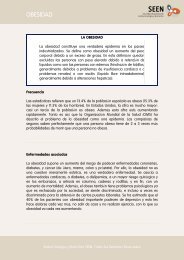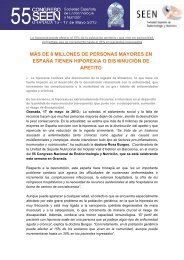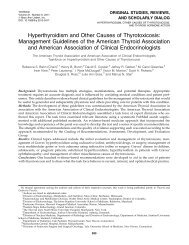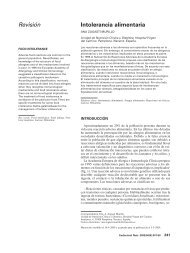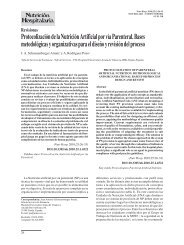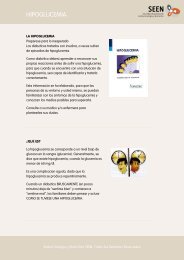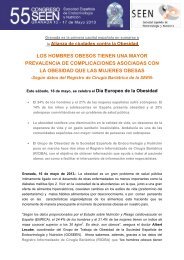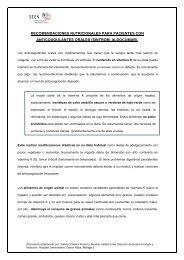Basic Concepts of Fluid and Electrolyte Therapy
Basic Concepts of Fluid and Electrolyte Therapy
Basic Concepts of Fluid and Electrolyte Therapy
Create successful ePaper yourself
Turn your PDF publications into a flip-book with our unique Google optimized e-Paper software.
Monitoring<br />
Monitor blood glucose, urinary ketones, acid-base status, serum<br />
potassium, sodium, chloride <strong>and</strong>, if appropriate, osmolality, every<br />
hour or two initially. Watch particularly for a fall in serum potassium<br />
<strong>and</strong> correct this with increased potassium input to maintain<br />
serum K + in the range <strong>of</strong> 3.3-4.5 mmol/l. Monitor clinical status,<br />
vital signs, kidney function <strong>and</strong> urine output.<br />
<strong>Fluid</strong> prescription<br />
Traditionally, 0.9% saline has been used for resuscitation, followed by<br />
0.45% saline with 5% dextrose <strong>and</strong> KCl as the volume deficit nears<br />
restoration. Recent studies suggest that using a balanced electrolyte<br />
solution avoids the hyperchloraemic acidosis associated with administration<br />
<strong>of</strong> 0.9% saline.<br />
Hypotonic solutions pose a risk <strong>of</strong> too rapid a fall in osmolality unless<br />
the plasma sodium <strong>and</strong> osmolality are monitored carefully <strong>and</strong> the<br />
infusion rate controlled accordingly. It should be remembered that<br />
glucose acts like Na + as an ECF osmotic agent, so that as the blood<br />
glucose falls with insulin treatment, water passes from the ECF to the<br />
ICF, thereby concentrating the ECF sodium by 1.6 mmol/l for every<br />
5.6 mmol/l fall in blood glucose. It is common, therefore, particularly<br />
in HONK, to see the plasma Na + rise with treatment necessitating a<br />
switch to a more hypotonic solution. It is at this point that switching<br />
from 0.9% to 0.45% saline may be useful gradually to reduce the<br />
plasma Na + to normal.<br />
Although there is a phosphate deficit in decompensated diabetes, <strong>and</strong><br />
phosphate levels fall with treatment, phosphate supplementation has<br />
not been shown to be beneficial.<br />
99




